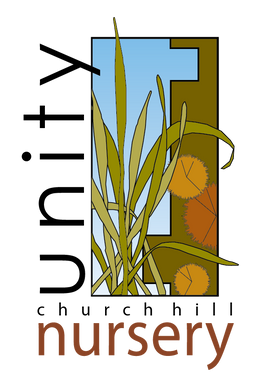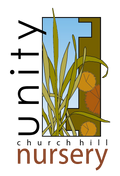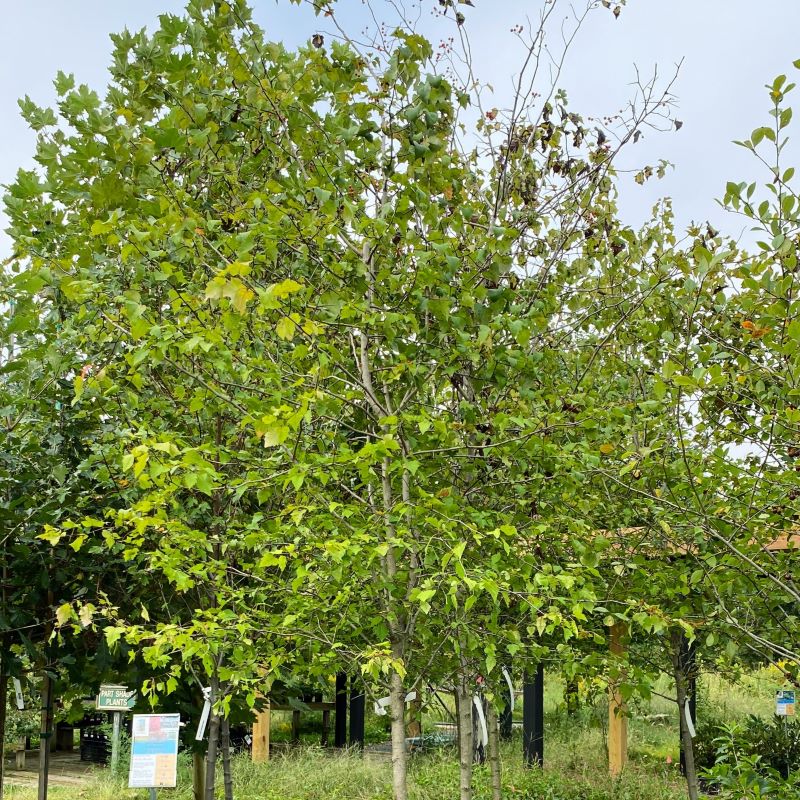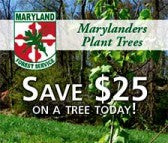Crataegus phaenopyrum (Washington Hawthorn)
- Low stock - 1 item left
- Inventory on the way
Crataegus phaenopyrum, commonly called Washington hawthorn, is a small, thorny tree found across much of the Eastern US, but named for Washington DC, where the plant was originally grown commercially. Well known for its flowers, its fruits, and its namesake thorns, Washington hawthorn provides a ton of ornamental beautiful and even more ecological appeal. In mid spring to summer, Crataegus phaenopyrum produces a profusion of beautiful white flowers which attract a number of different pollinators. Later on in the summer, flowers turn to small, red, persistent fruit that hang around through the fall and winter, providing a vital food source for a number of birds and other wildlife. Hawthorn fruits, called haws, are technically edible, but have a mealy texture, and may be best served in jams or syrups.
This variety of hawthorn tree is relatively small, growing to only 25-30' tall with a rounded crown and sweeping branches out to about 20-25'; since branches hang so low, Crataegus phaenopyrum is often used as a large hedgerow or windbreak, and in fact the term 'haw' used to also refer to hedgerows. Since trees are covered in narrow, spiky thorns up to 1-3" in length, they also make effective natural borders for cattle and trespassers. In the fall, thick, glossy green foliage turns bright orange and then red or purple, only adding to hawthorn's multi-season appeal. While many hawthorns suffer from diseases including rusts, fireblight, fungal leaf spots, and powdery mildew to name a few, Crataegus phaenopyrum is at least thoroughly resistant to cedar-apple rust, a fungal disease that can ruin a tree's appearance through the summer and fall.






